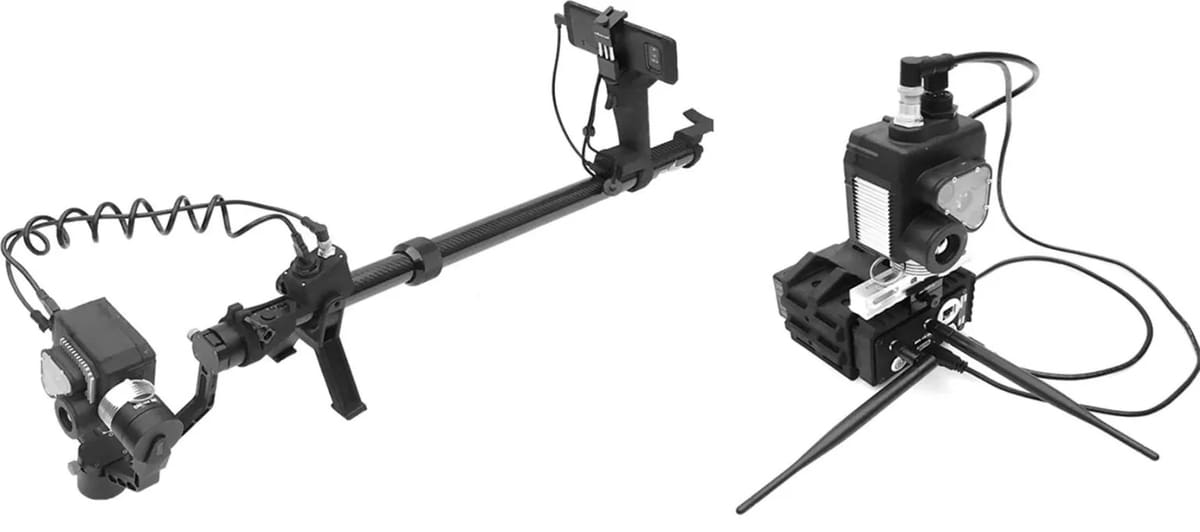The Nylon You Know

Things made from tough and durable nylon (also called polyamide or PA) are all around you. It’s what makes the vents and intake manifolds in your car durable and lightweight, it makes kitchen spatulas and cutting boards durable, it houses most of our electronic devices, and it’s used to make everything from skateboard wheels to factory gears.
Because manufacturers have been making products out of nylon for nearly 100 years, it’s a familiar material to 3D print with. All of nylon’s well-known characteristics are available when you 3D print with it — in filament form and powder — making it the most common print material in additive manufacturing, if you look at it in terms of kilograms of material sold.
Nylon's Characteristics
- Durability
- Flexibility
- Chemical resistance
- Impact resistance
- Mildly moisture absorbent (making it easy to dye)
- Sunlight resistant
- High-melting point
- Abrasion resistant
- Lighter than metal
- Electrically insulating
- Biocompatible
With 3D printing, creating custom high-performance nylon prototypes and end-use parts has never been quicker – a major advantage over traditional manufacturing that has not been overlooked by companies like Toyota. In partnership with 3D printer maker Stratasys, Toyota Racing Development (TRD) integrates 3D printed nylon bodywork across its vehicles, including the 2023 Toyota GR86.
Not just quicker, 3D printing also just got a lot greener. Evonik, the Germany-based chemical company, has developed the world’s first powder bed nylon material, Infinam eCO PA12, that substitutes 100% recycled cooking oil for its fossil feedstock, reducing the material’s carbon footprint by 74%.
The aptly named Fishy Filaments offers a 100% fishing net nylon (PA6) filament, which it admits may be “a bit salty and have a few bits of seaweed attached.” French filament maker Naovia launched its recycled fishing net filament in 2021. The recycled PA6 nylon filament is created from nets collected off of the French coasts.
There are Dozens of Nylons
Nylon isn’t just one material. There are numerous categories of nylon and within those categories, there are different formulas, blends, and brands – and we’re just talking about the nylons available for 3D printing, also called additive manufacturing.
Nylons for 3D printing come in filament and powder (sorry, no resins), and more types enter the market every year. There are “filled” nylons also called composites, which are infused with carbon fibers, glass, kevlar, or other materials; recycled and composite nylons; and a new group of so-called “sustainable nylons” synthesized with renewable resources.
When it comes to the sustainability profile of nylon, note that some nylons (PA) are derived from fossil fuels while others are bio-based engineering plastics. You can’t always tell by the type of PA although PA12 is usually from fossil fuels and PA11 is usually from castor beans.
Nylon in powder form that is bio-based is more common than nylon in filament form. Most nylon filaments are fossil-fuel based, so the greenest you can get is a recycled nylon filament. Nylon can be recycled, however nylon with additives, like carbon fibers are typically not recyclable.
PA12 plastics that are derived from renewable resources rather than non-renewable petroleum-based sources are a growing market in manufacturing in general and slowing making their way to materials for additive manufacturing, so expect more to come.
Here, we’ll explore nylon and which 3D printing technologies suits it best.
Characteristics of Different Types of Nylon
Nylon 3D Printers
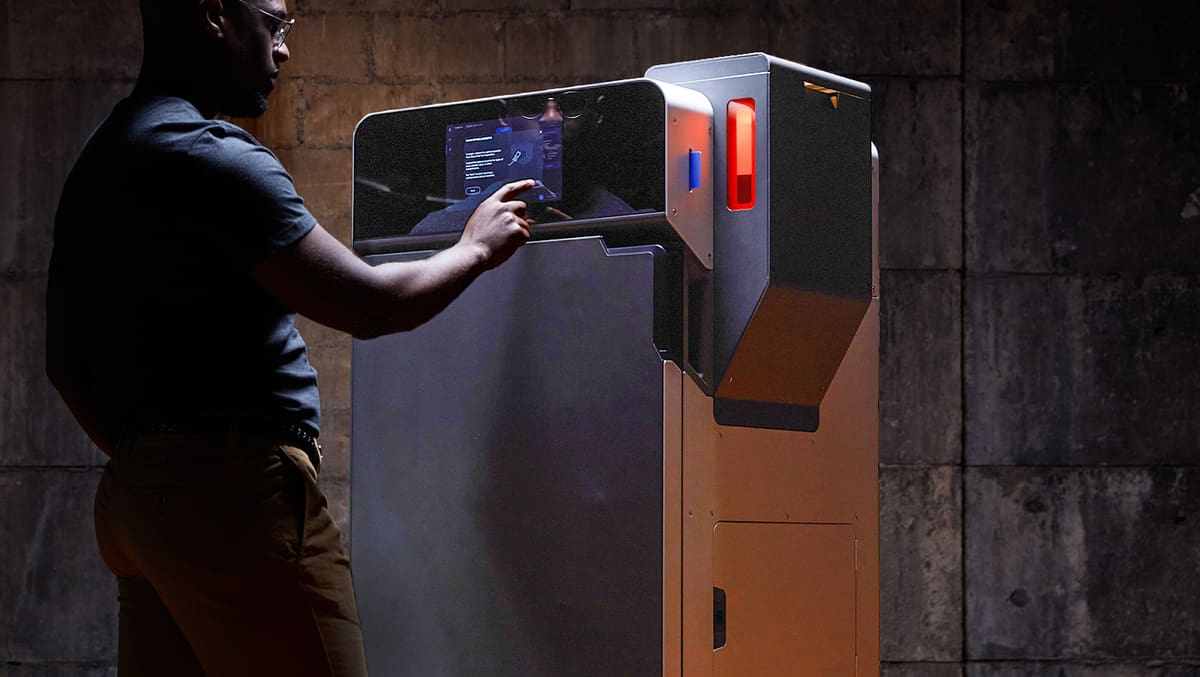
If you’re looking for a 3D printer to print nylon parts, there is a wide variety to choose from in several technologies.
For professional use, nylon is the main material used in selective laser sintering (SLS) 3D printers. You can find our top picks for these in the guide below.
Nylon is also the top material used in Multi Jet Fusion (MJF) 3D printers from HP. You can find out all about MJF in the guide below:
3D printing with nylon filament or pellets using fused deposition modeling (FDM) 3D printers is less common but growing rapidly as more affordable 3D printers that can reach the required temperature come on the market. Since the most popular type of nylon for 3D printing is carbon-fiber-infused nylon, you can find our pick for the top desktop printers for nylon and the best industrial 3D printers for nylon in the two guides below.
You can also get nylon parts from binder jetting, which focus on producing larger volumes of parts.
Each method has pluses and minuses regarding cost, speed, and print quality, which we cover below.
Selective Laser Sintering (SLS) Nylon
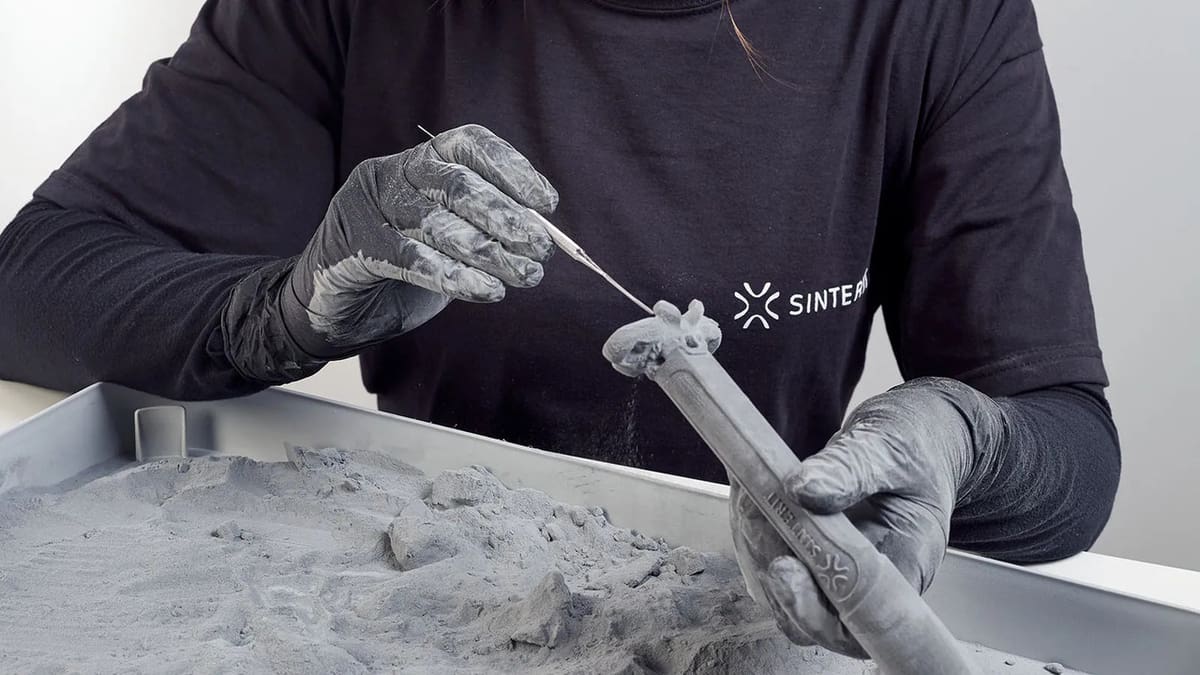
If you’re looking to get all of the characteristics nylon offers into your professional or industrial parts, you’ll want to use an SLS 3D printer.
SLS 3D printing uses high-powered lasers to fuse powdered plastic material, most commonly nylon, together into 3D shapes. It can create parts that are finely detailed, strong, durable, heat resistant, and flexible (when needed) all at once. In fact, SLS is the most popular 3D printing technology for durable jigs and fixtures, lightweight components, and fast and functional spare parts.
The resulting SLS parts are comparable to injected molded nylon but 3D printing makes it a far more economical solution for unique parts and tools, small batches, and functional prototypes. 3D printing also enables you to consolidate several parts into one continuous shape and print complex geometries that aren’t possible with injection molding or CNC machining.
Powdered Nylon Material for SLS
The most common nylon used with SLS 3D printing is PA 11 and PA 12, but there are many more. PA 11 powders are used for parts that require UV and impact resistance, while PA 12 is preferred for enhanced part strength and stiffness. There are also reinforced PA powders, also known as nylon composite powders, which usually contain either glass, aluminum, or carbon fiber particles in addition to nylon.
Certain printers have lasers that aren’t powerful enough for all nylon materials. Always check with your printer manufacturer about which materials are approved for use, because although some materials may generally work, your print may not display the promised strength or flexibility unless it’s printed on an approved machine.
An SLS printer with an open material system can produce quality parts from a wide range of materials supplied by an equally wide range of makers, so you have some choice when shopping around. A closed-system SLS machine is approved only for use by one manufacturer’s recommended materials (usually the printer maker’s).
By the time printing is complete, the parts are entirely encased in unsintered powder, which also acts as a support for the sintered parts. Luckily, with SLS it’s possible to re-use up to 50% to 70% of that unsintered powder for future prints. From a sustainability perspective, this is an advantage over traditional manufacturing.
SLS printing is messy and you’ll need equipment to “depowder” your parts and recycle the powder. There’s only a little post-processing required with SLS parts, which typically, have a matte, rough surface that can be smoothed and is especially suited for dying.
Multi Jet Fusion (MJF) Nylon
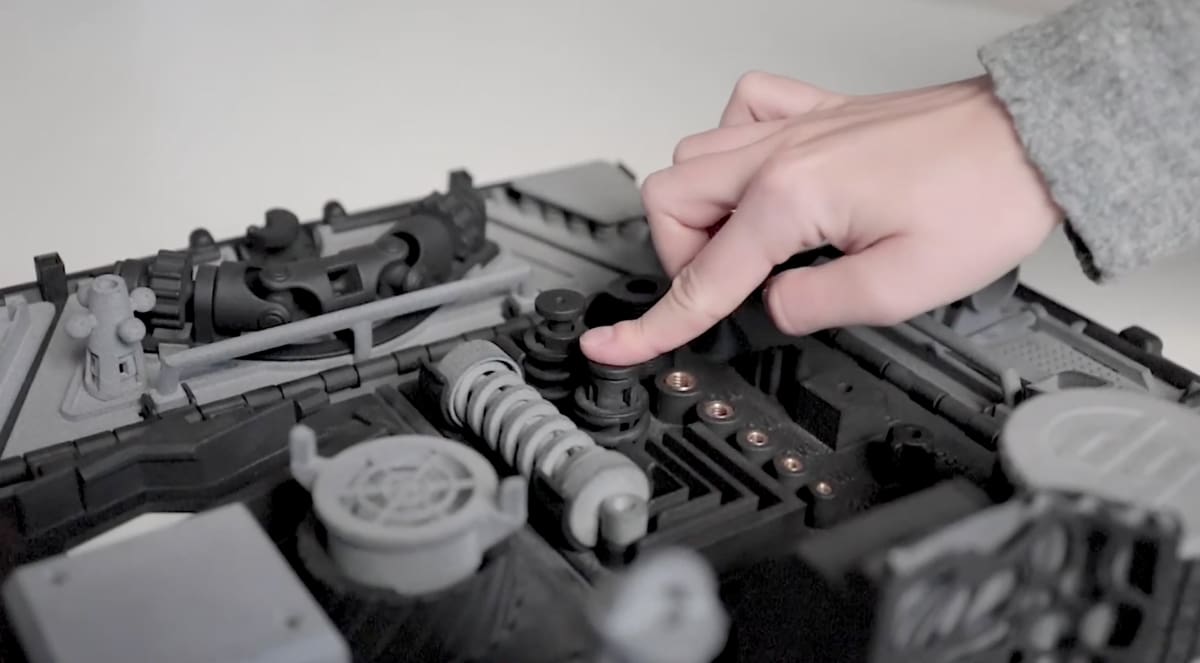
MJF is a unique powder-based 3D printing technology developed by HP. It is similar to SLS, but also shares a thing or two with binder jetting.
In a nutshell, Multi Jet Fusion technology involves using a type of liquid binding agent to fuse together powdered polymer material layer by layer. The technology gets its name from the multiple inkjet heads that carry out the process of distributing the liquid polymer (or binding agent).
We go more in-depth into the process below, but know that MJF is fast, detailed, and has proved itself to be reliable, which is why there’s hardly a 3D printing service around that doesn’t have at least one MJF machine among its equipment. Although both technologies are able to produce some phenomenal details on parts, MJF edges in front of SLS when it comes to details on prints. This is partly thanks to a detailing agent, which helps make edges as sharp as possible by slightly reducing the fusing potential at the very edge of a part.
While SLS may have MJF beat when it comes to color options, those days may be coming to an end with the newest addition to the HP MJF line, nylon PA12 in white. It offers similar features and properties to the standard PA12, including easily absorbing dyes, at a marginally higher price tag.
After the printing is done, you’ll be able to recycle the non-sintered powder, just like with SLS. However, MJF enables more powder to be reused, even up to 80%. Although it very much depends on the exact machines you compare, MJF machines are comparably priced with industrial SLS machines but have faster print times with potentially greater detail.
HP is not the only 3D printer manufacturer to introduce heat to what would appear to be a binder jetting process. Voxeljet developed a technology called High Speed Sintering (HSS) where a thin layer of plastic powder, such as PA 12, is applied to a heated building platform. An inkjet print head then moves over the entire surface of the platform and moistens or infiltrates the areas of the building platform with infrared light-absorbing ink. The building platform is then irradiated with infrared light and inked areas absorb the heat, which sinters the powder layer underneath while the unprinted powder remains loose. The sintered parts are then cooled down in a controlled manner in the building area before they can be removed and unpacked. The HSS process, unlike the HP process, does not need a second printing fluid.
Fused Deposition Modeling (FDM) Nylon
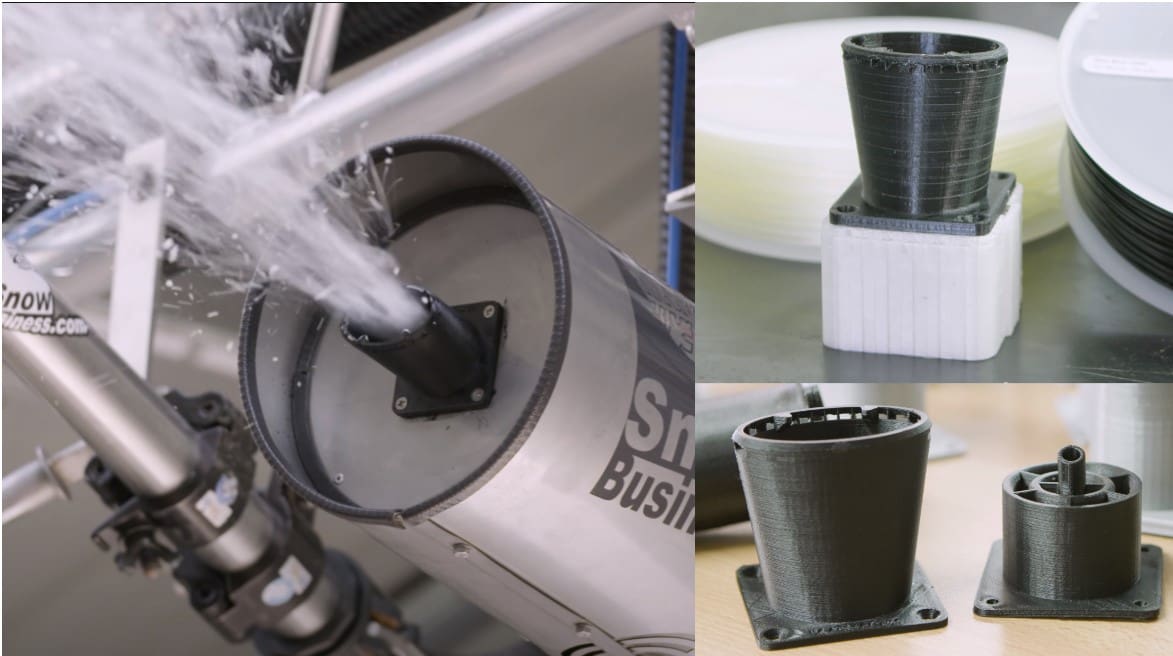
Fused deposition modeling, or FDM for short, is a material extrusion method of additive manufacturing where materials in filament form are extruded through a nozzle and joined together to create 3D objects.
Generally accepted as the simplest way to 3D print stuff, FDM is accessible, reasonably efficient, and widely popular. FDM printers dominate the 3D printing market, being remarkably more straightforward than resin 3D printing and massively cheaper than powder-based methods.
FDM is less popular for nylon than SLS, but this is quickly changing. With the new breed of lower cost FDM machines, such as from Bambu Lab and UltiMaker, that can offer nozzles hot enough to handle nylon, especially carbon-fiber-filled nylon, this material is more accessible than ever.
Not all FDM printers can handle nylon filament with ease. It’s important to have a quality (all-metal) hot end that can handle temperatures above 250°C. Apart from that, nylon is also prone to warping, so bed adhesion is an issue of its own and an enclosed heated chamber also helps.
Order Nylon Parts
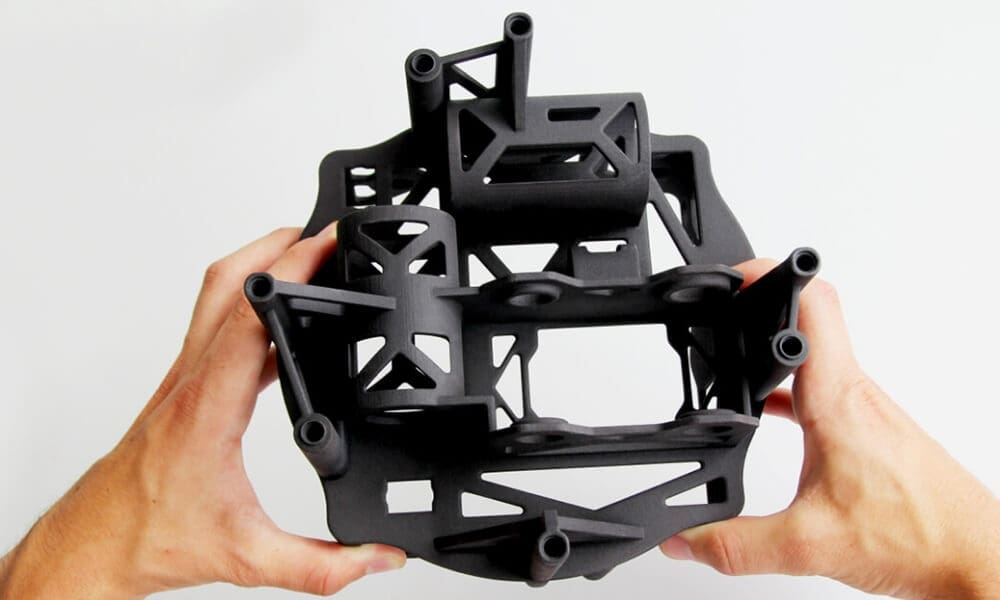
If you’re just getting started with 3D printing with nylon, ordering a few parts from a third-party 3D printing service is a great way to evaluate if the material meets your needs.
Services, such as Craftcloud, offer a wide range of nylon materials in all the relevant technologies so you can compare. For example, upload the digital file of your factory fixture to a service provider, select one printed in nylon 6 using FDM and another in carbon fiber reinforced nylon 12, then put both to the test in your shop.
There are hundreds of 3D printing services worldwide but if you don’t have the time to shop around and want the best variety and the lowest cost, check out Craftcloud. It connects you with 3D printing partners all around the world, giving you a choice of technologies and finishes. Once you upload a design and input your requirements, the instant quote generator will display the best prices and fastest delivery times so that you can choose your supplier.
How to Print with Nylon
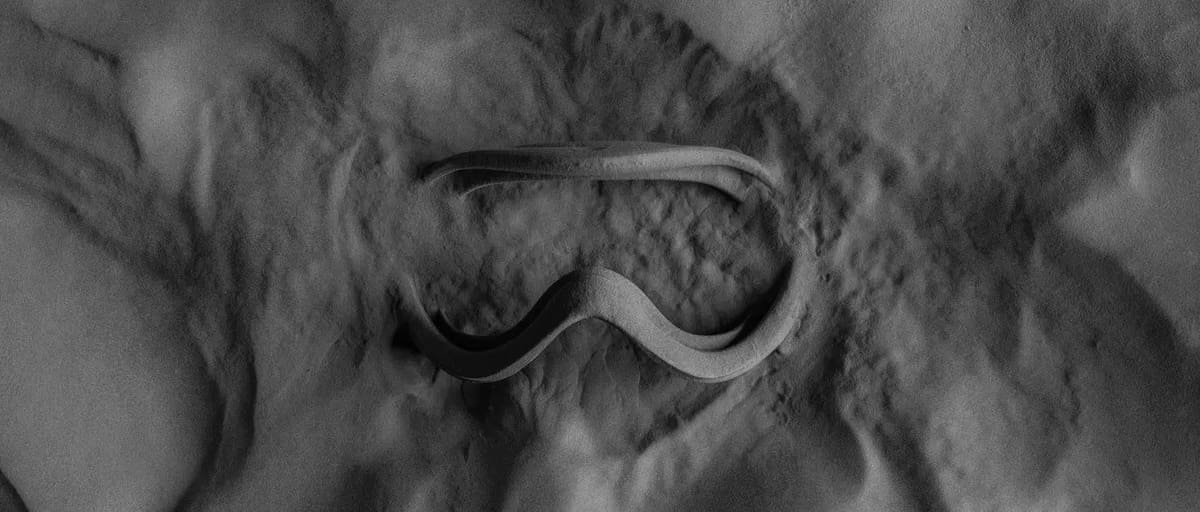
Like any other specialized material, nylon requires specific print settings and considerations depending on the 3D printing technology used.
Nylon Printing with FDM Printers
If using a FDM printer, keep in mind that nylon filament can be quite challenging to print with. Don’t expect it to print as easily as PLA or PETG. However, with the correct settings and surfaces, printing should be manageable.
There are a wide range of nylon filaments and the most popular and carbon-fiber-infused, which adds another degree of printing challenge. When selecting a nylon filament, start with the one recommended by your printer maker, which is some cases will be that brand’s own filament. 3D printer maker from UltiMaker to Bambu Lab to Stratasys, companies that offer their own nylon material have formulated it specifically for their machines and provide you with the settings (temperature, speed, etc.) that will result in the best prints.
If you go outside of the material recommendation, you’ll likely go through several failed prints figuring out the best print settings, but once you do, the process should be reliably repeatable.
Nylon filament has a tendency to warp. To reduce this, use the bed surface your filament maker recommends, which may be a garolite or glass sheet or build plate, and glue if recommended especially on small features and corners.. PEI usually doesn’t stick well to nylon.
Also remember that bed temperature is crucial for good adhesion with this material. Your filament should come with ideal print settings, but below are the basics for printing with nylon filament:
- Nozzle temperature: 240°C – 290°C
- Bed surface: Garolite, glass, glue for small features
- Bed temperature: Up to 65°C if printing on Garolite, 7080°C – 80°C if printing on glass
- Print speed: 25 – 50 mm/s
- Fan speed: 0 – 50%
- Enclosure: Highly recommended, but not strictly necessary
For a list of the best nylon filaments to use check out our article:
As we’ve alluded to, proper storage for nylon is critical. The variants used in 3D printing are extremely hygroscopic, meaning they absorb moisture. You could have issues after leaving your nylon out in the open for just a few hours. If you’re experiencing printing problems with your nylon, it could be attributable to moisture.
Different filaments absorb moisture at different rates, but there are a few common signs that you’ve got a wet spool:
- Popping or cracking sounds when extruding
- Severely reduced part strength and layer adhesion
- Uneven extrusion lines
- Severe stringing, blobbing, or oozing
- Uncharacteristically textured or “fuzzy” surfaces on prints
If you’re noticing any of the above, it’s probably a good idea to dry your filament.
To avoid wet filament problems, store your filament in a dry environment. We recommend a few options in our filament storage guide, as well as printing directly from a humidity-controlled container. This could be a dry box with a filament feed hole or a humidity-controlled spool holder.
Printing with SLS & MJF 3D Printers
Unlike FDM 3D printers, SLS and MJF 3D printing give you fewer options and variables when it comes to printing. If you’re using the same brand of nylon material as your SLS printers, there’s a high degree of predictability in material and mechanical properties.
Of course with MJF there isn’t much to mess up. The settings are pretty much pre-determined and the materials are proprietary, so it’s pretty much plug and play.
Post-Processing & Surface Finishing Nylon

Parts 3D printed with nylon, whether with filament or powder, typically have a pleasing matt finish. In fact, it’s often the carbon fibers in nylon that lead to this great finish since they tend to absorb light and hide layer lines in FDM parts.
Parts made with nylon powder typically have a rougher surface finish but take to polishing and coloring very well.
Once your nylon parts are 3D printed and cooled down, they are then cleaned of the excess powder using brushes, air blasters, or tumblers. Now they are ready for finishings like these below:
- Sanding and Smoothing: Sanding the surface of PA12 parts can help remove layer lines and create a smoother finish. Sanding can be done manually or with tools.
- Painting and Coating: PA12 parts can be painted or coated to add color, improve aesthetics, and provide additional protection. Various paints and coatings, including primers and clear coatings, are compatible with PA12.
- Dyeing: White or light grey PA12 is often dyed, allowing for the customization of the part’s color. Dyeing can be done using specific dyes suitable for polyamide materials.
- Vapor Smoothing: Vapor smoothing involves exposing the PA12 part to a vaporized solvent, which helps melt the outer layer of the print, reducing layer lines and creating a smoother surface finish. This can be done in large batches.
- Heat Treatment: Heat treatment can be applied to PA12 parts to improve their mechanical properties. This may involve exposing the part to elevated temperatures for a controlled period.
- Inserts and Embeddings: Metal inserts such as screw threads, magnets, or other components can be embedded or inserted into 3D-printed PA12 parts during or after printing to add functionality or assembly features.
- Ultrasonic Welding: For joining multiple PA12 parts or components, ultrasonic welding can be used. This method creates a strong bond between the parts by using high-frequency vibrations.
- Electroplating: In some cases, PA12 parts can undergo electroplating processes to apply a thin metallic coating, enhancing their conductivity, appearance, or corrosion resistance.
- Polishing of Satin Finishing: Mechanical or chemical polishing methods can be applied to improve the surface finish of PA12 parts, reducing roughness and enhancing clarity.
Lead Image: buckle is nylon FDM printing from Bambu Labs; the spool of filament is Markforged’s Onyx, which is nylon based; pipe part is nylon SLS 3D printing from Formlabs; bottom right part is MJF 3D printing from HP printed by the print service Weerge; vase is nylon carbon fiber material printed in FDM by Bambu Lab; box is nylon materials FDM printed by Stratasys.
Lead image source: Formlabs SLS parts in four different types on nylon.
License: The text of "The Complete Guide to Nylon 3D Printing" by All3DP Pro is licensed under a Creative Commons Attribution 4.0 International License.





